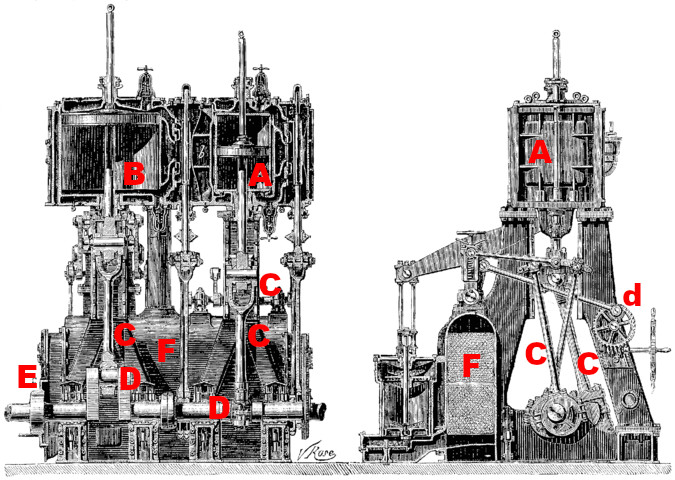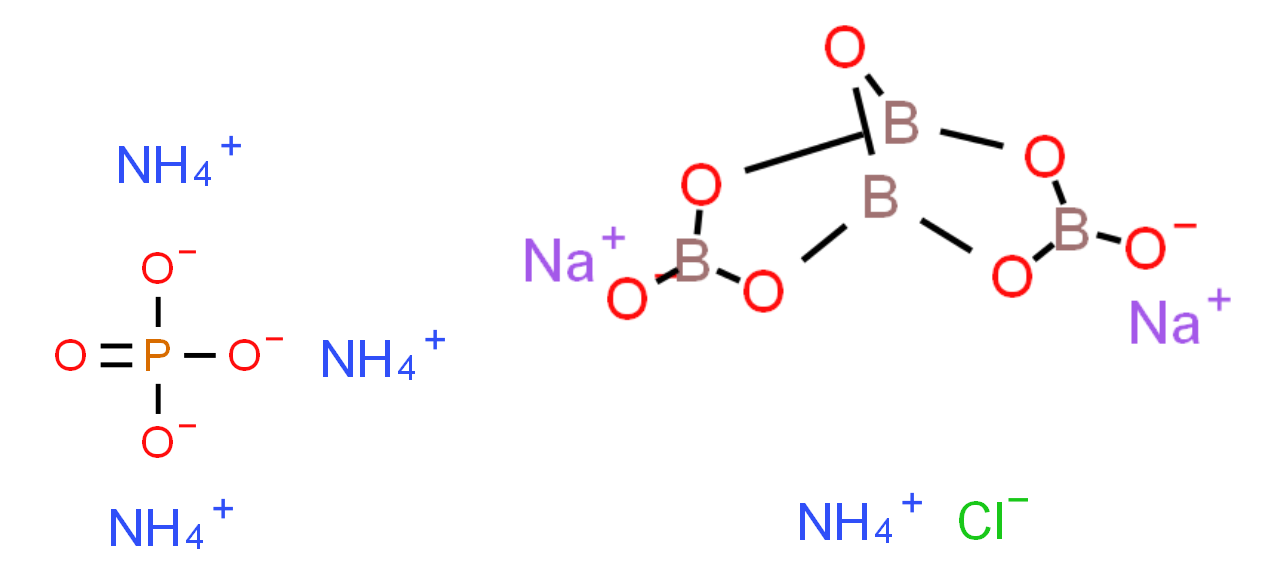Flame-retardant technology
Table of Contents
Fire is the greatest enemies of French soldiers right after the English! And thanks to our newest invention, we will conquer them both!
The burning process
Phlogiston is a weightless substance released by matter when it burns through dephlogistication. Phlogiston is present in all matter, and its amount determines how well this matter burns, with coal containing a lot of it. Phlogiston has a high affinity for magical particles and, when it is released by matter, it carries with it a lot of magic. This is through this process that most of the magic present inside coal can be extracted inside boilers.
The discovery of phlogiston in the 17th century has been a major step forwards in our understanding of chemistry and alchemy and elevated them to the rank of proper sciences—before that, those idiots noblemen playing at being physicists were considering them too rooted in experimentation and practical matters for being worthy of this exalted title!
Steam engines
Getting the magical particles from the phlogiston after this is rather difficult as it requires overcoming their high affinity for each other. Runes placed on the metal walls of the boiler can capture a small of the magical particles, and this process has been used by humanity nearly since we have started using the coal found on surface deposits thousands of years ago.
The great discovery made with the creation of the first steam engines in the 17th century is that of a sequence of runes that can be inscribed in metal tubes transporting water. Once placed inside a boiler, those tubes allow the water to boil through the effect of the temperature, while at the same time the runes harness the phlogiston in the air and fix it in the steam.
The steam is then directed into a steam engine made of one or several cylinders. As it enters a cylinder, the steam expands and moves the cylinder, allowing for this mechanical strength to be redirected towards other cranks or machines such as a a screw propeller on steam ships or weaving machines.
Meanwhile, this expansion of the steam destabilises the phlogiston it contains and allows it to be captured inside the metal material of the engine through another runic design. Another part of the design can then direct this magical source to specific applications. For example, the magic of coal is used to power wards on steam ships.
A and B are the two piston-containing cylinders that are covered in runes. It is inside of them that the steam expand and its phlogiston is extracted.
The danger
While the properties of phlogiston are now very useful, they have also some chilling implications that we are all familiar with: the danger fire represents to all life. Indeed, burning is not only painful because it destroys your body, but also because it makes you lose big amounts of phlogiston, and with it the very magic that keeps us alive, and would allow us to protect our body against the burn damage and or at least to heal from it. Paradoxically, both weak and powerful mages are at the most risks from fire, weak mages because they do not have enough magic to lose before their body starts collapsing on itself, and powerful mages because their phlogiston captures a much bigger amount of magic when it is ejected from the body and so the mages suffer for a sudden and enormous decrease in their normal level of magic. Some powerful mages are trained to control the flow of their magic while being burned, so that they can theoretically stop it from leaving them and instead focus it on stifling the fire inside their body.
Knights Templar on the pyre by Wikimedia Commons
Of course, sending fireballs or potions such as Greek fire at enemies has always been a major tactic on the battlefield. Even if soldiers survive the initial attack, they are not likely to walk away from it in any state to fight!
Existing fireproof material
Human have always used asbestos for its unquenchable properties. Among its many famous uses, of particular note are:
the body of Egyptian pharaohs, and Greek or Medieval French warriors being wrapped in asbestos shrouds to protect them from deterioration;
Persian, Greek and Roman noblemen aweing foreigners by cleaning cloths by exposing them to fire. Charlemagne is also said to have owned such cloth.
more recently, the helmets and jackets of the fire brigade in Paris are now made of asbestos cloths.
The problem with having a partially working solution is that people have been trying to improve on it for centuries rather than have the good sense to put it aside and start again from scratch.
It was long believed that asbestos was made from the hair of a woolly lizard, the salamander, an animal living in fire and dying when exposed to water. However, it is now known that asbestos is a type of rock (itself made of 6 different subtypes) that naturally occurs in the form of flexible fibres and that can be mined in Europe.
Despite its apparent usefulness, asbestos has one major defect: it is fireproof because it has no phlogiston. This means that it is extremely difficult to fix any magic inside the material, and so this greatly limits what can be done with the material (see Engineering corps uniform for the importance of imbuing military uniforms with magic).What use is it being protected against fire if the simple act of standing in the middle of a battlefield will get you kill from stray raw magic in the air?
New flame-retardant materials
No need to tell you, if any word of this research gets out, it's directly to the guillotine with you!
The engineers of the Military Alchemy Manufactory in Lyon are currently working on the development of a new secret flame-retardant technology that can be applied in a coating on any textile. It is made of a mixture of ammonium phosphate, ammonium chloride, and sodium tetraborate, each with their own flame-retardant properties.
During the combustion of textile, the phlogiston inside of them is released inside the air, making it flammable and able to become ignited too, so that even if the flames on the material being burnt die out, they can reform spontaneously in the air. The new flame-retardant coating works by first preventing the textile from combusting into flame by allowing material to absorb more heat than it normally would before catching fire.
If flames still do form on the textile, the flame-retardant coating burns first and forms a char—a protective glassy deposits—at the surface of the fibres that act as a fire barrier. This barrier insulates the material from the high temperature and reduces the decomposition of the material and the release of phlogiston and, through it, heat and magic.
The problem is that this material is water-soluble. However, silicon material and coating has recently been invented for military uniforms. Since boron coating is transparent too, both technologies can be combined to avoid this weakness while still allowing the camouflage magic of the textile to be effective. To this effect, the flame-retardant coating is first applied to the textile, then the coating of silicon. When the uniform is exposed to a fire, the silicon coating is destroyed, then the flame-retardant material stops the fire. Afterwards, both can be reapplied on the fabric one after another.










A note regarding the steam, it does not cool down in the cylinders, it only expands. The pressure reduces, and the volume increases. If it where to cool, the risk of condensation rises, and liquid water causes all kinds of unwanted things, aka problems, in a steam engine.
Also you speak of relaxing of the steam in the side panel box, is this a French translation mismatch? I'd change it to 'expands'. Technologically that makes more sense.
I won't challenge you on all the chemistry stuff :P
Thanks for pointing that problem with the steam out! I was too lazy to do a proper reread and didn't notice that cooling error - and to not help matter, I wrote that article while listening to a conference! (at least that's my excuse XD I'll reread the ship article in two weeks to check that I didn't make the mistake there too!). Yes, "relaxing" is a translation problem - I think I must have done the same mistake in the ship article since I used docs in French as references. The French word is "détendre", which is a both "expand" in the technical sense, and "relax". And since "relaxer" is also a French word I thing I just completely confused myself :p You better not challenge me on the chemistry since the whole phlogiston thing has been outdated for more than 2 centuries and is completely wrong XD I did that a fantastic scientific article reviewing all the chemistry behind flame-retardant, but I can't use too much of the modern understanding because of this phlogiston!
(I did make the mistake with "relax" in the ship article :( )